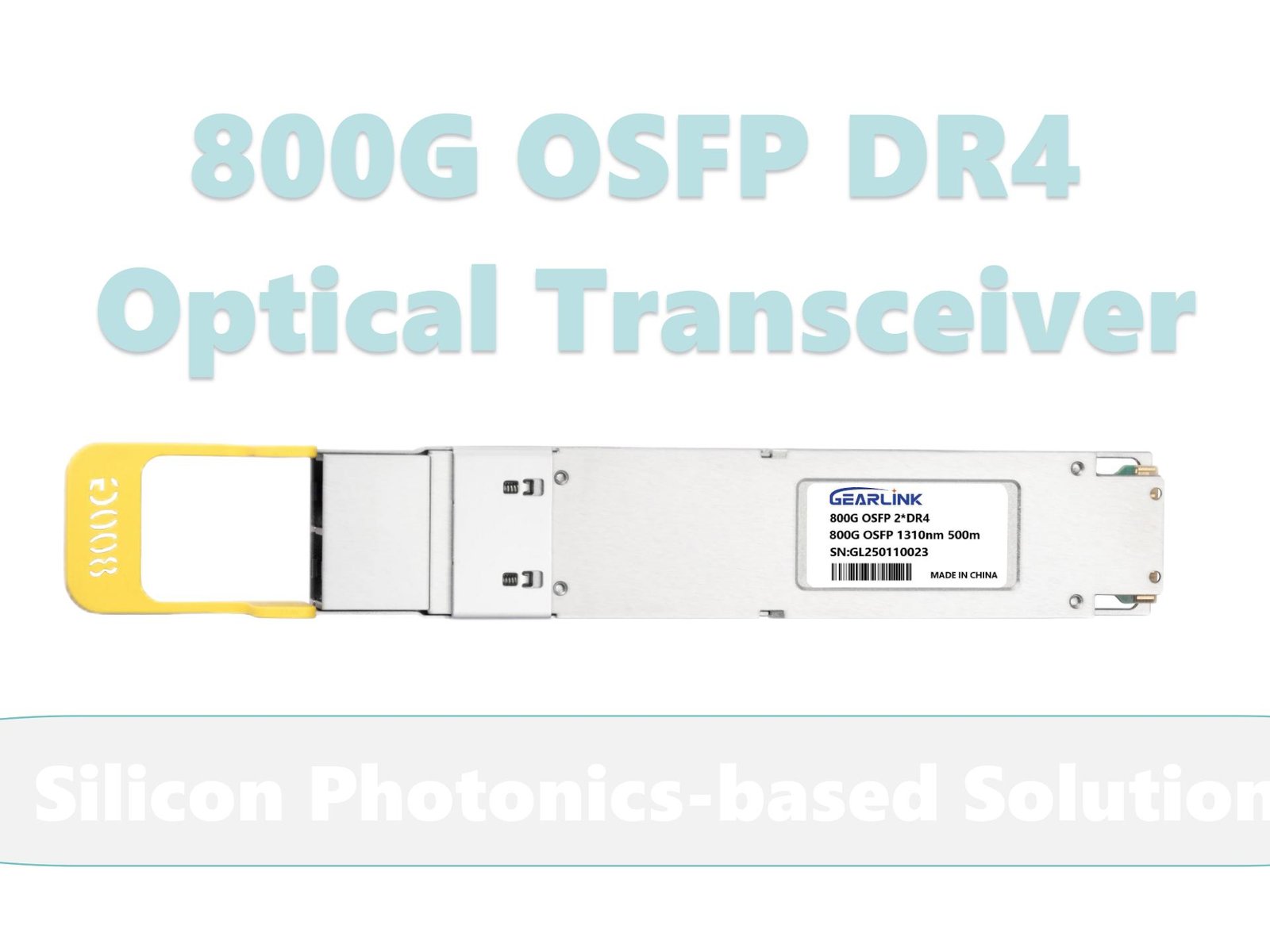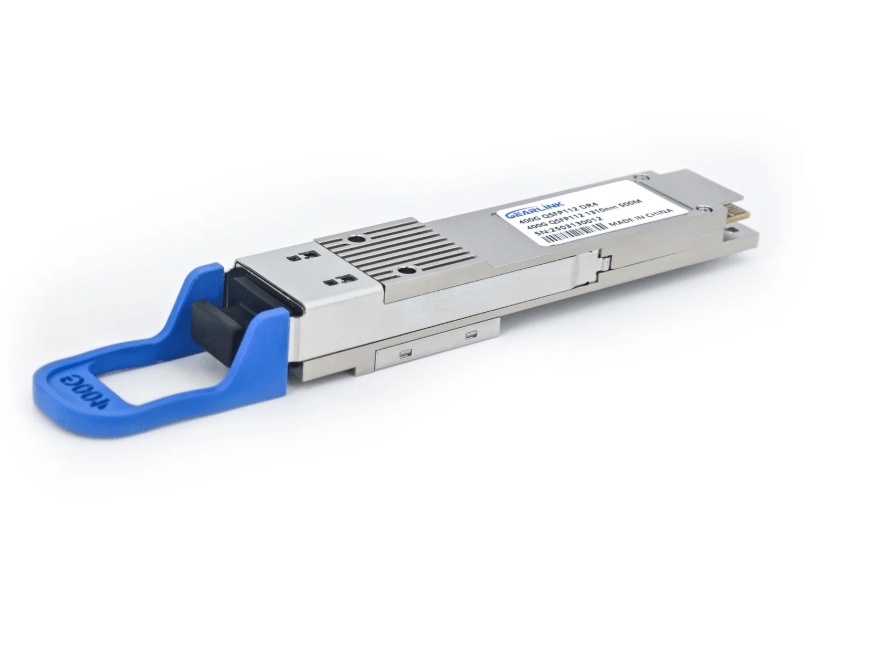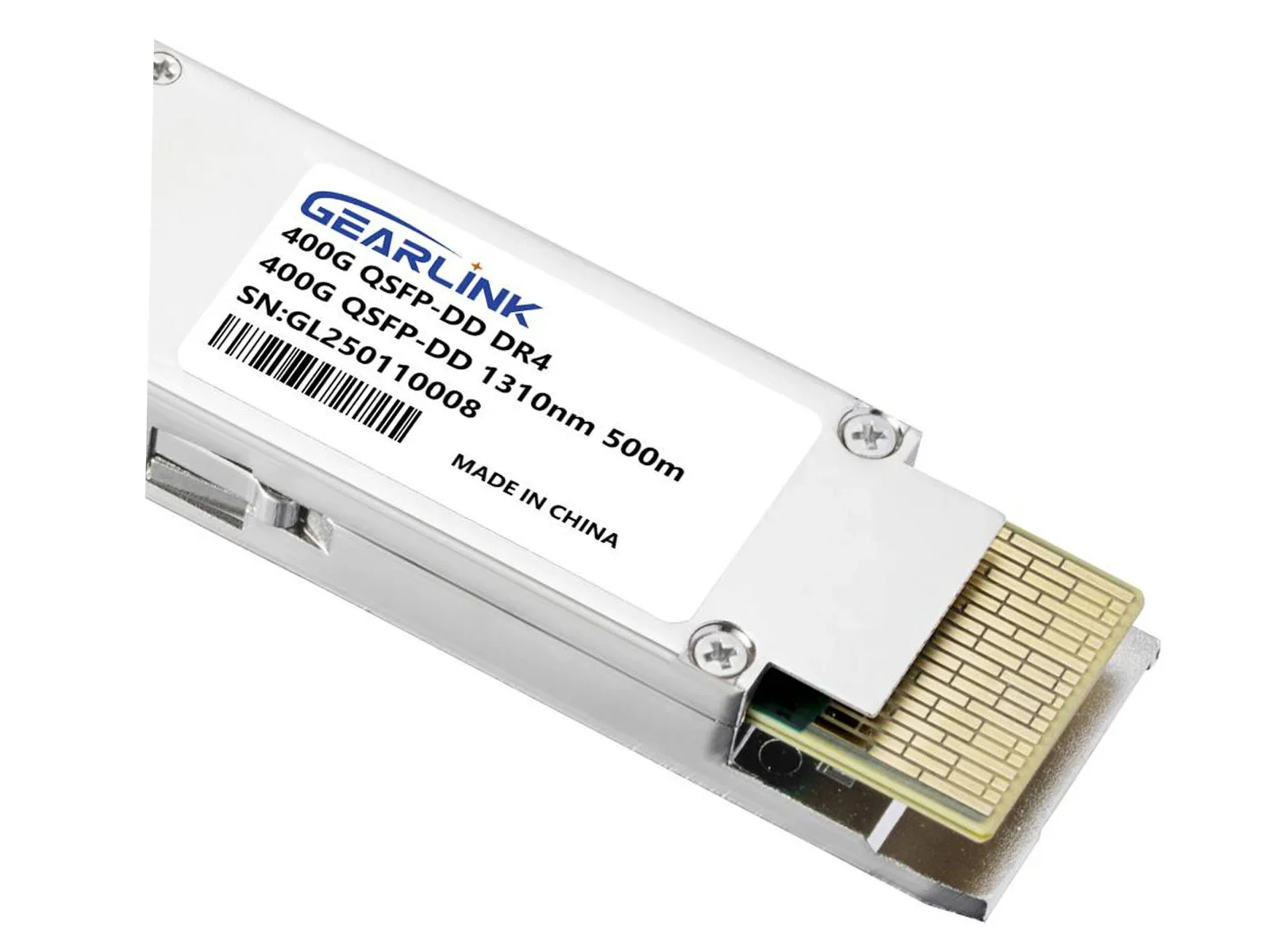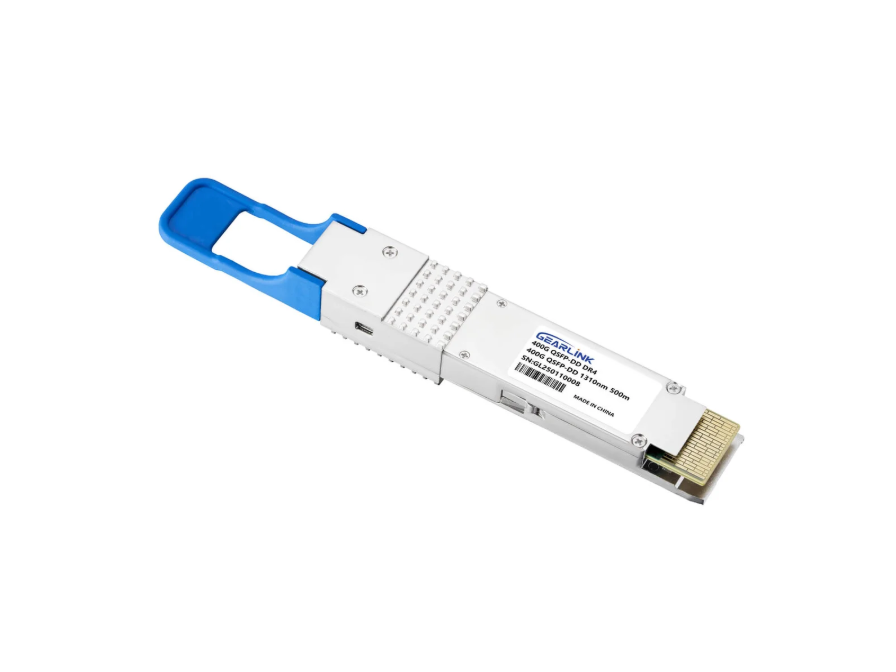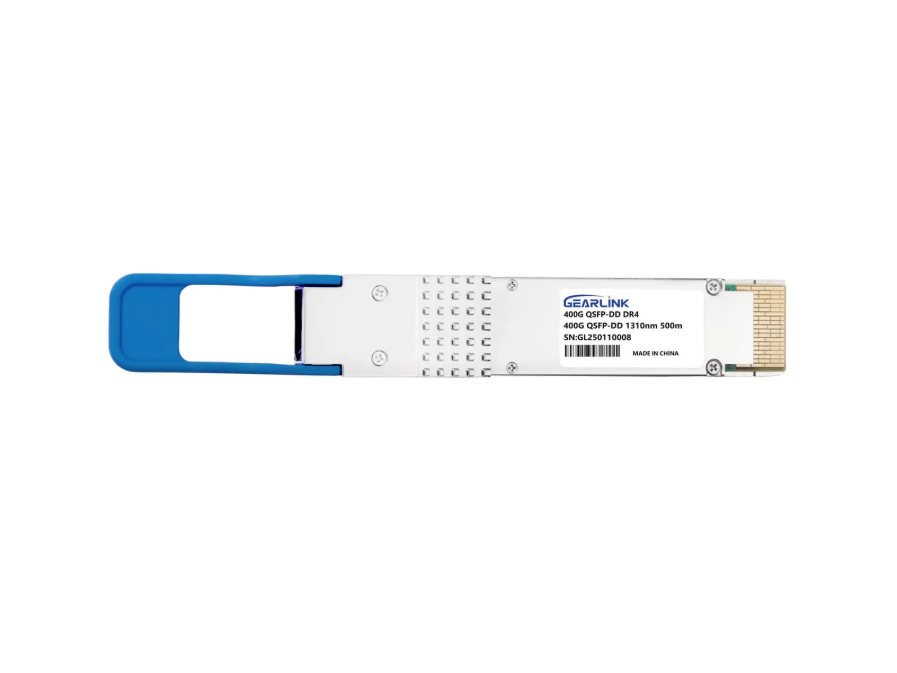In today’s rapidly evolving digital age, data traffic is growing exponentially. As a new generation of high-speed optical communication products, 800G optical transceivers are gradually gaining significant traction in the market. With the ongoing development of cloud computing, supercomputing centers, and 5G networks, the demand for high-speed, high-capacity data transmission is becoming increasingly urgent. The 800G optical transceiver has emerged as a key component to meet this demand, with a broad market outlook that has attracted numerous companies to invest in its R&D and production.
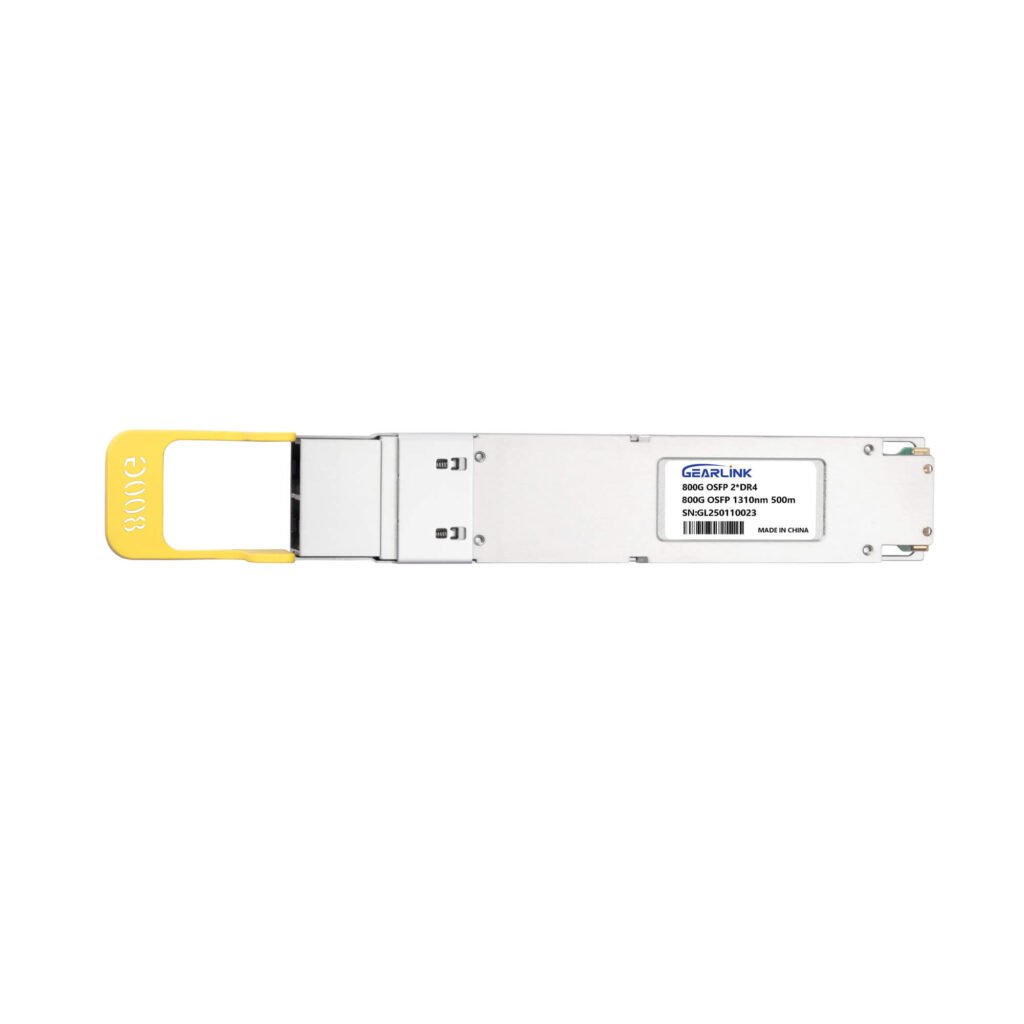
Silicon Photonics Optical Transceivers
A silicon photonics optical transceiver is a device based on silicon photonics technology used for the conversion of optical and electrical signals. Silicon photonics integrates photonic components onto silicon-based chips, leveraging silicon’s optical and electrical properties to enable the generation, transmission, modulation, and detection of light signals.
From a technological perspective, silicon photonics enables high levels of integration, combining multiple optical components into a compact silicon chip, significantly reducing the physical size of the optical transceiver. Low power consumption is another major advantage, making these transceivers ideal for large-scale data center applications.
Currently, silicon photonics solutions can support even higher transmission rates. They are being widely adopted in 400G and 800G optical transceivers and are expected to play a key role in future 1.6T modules for long-distance transmission, meeting the demands of big data, artificial intelligence, and other advanced fields. Compared to traditional technologies, silicon photonics offers lower costs, making it more suitable for large-scale deployment and overall cost savings.
Applications of Silicon Photonics Optical Transceivers
Silicon photonics optical transceivers are widely used in various application scenarios such as high-speed interconnects within data centers and long-distance communication networks. One of the most notable advantages is cost-efficiency. By leveraging silicon-based materials and mature semiconductor fabrication processes, manufacturers can achieve higher production efficiency and lower manufacturing costs.
In addition, their high level of integration reduces the need for complex packaging and assembly, further minimizing costs. This makes silicon photonics transceivers a competitive choice in modern networking environments.
800G Silicon Photonics Optical Transceiver: 800G DR8
Traditional DML and EML-based transceivers tend to be expensive, especially at high data rates. In contrast, silicon photonics demonstrates clear cost advantages in high-speed modules like 400G and 800G. The 800G DR8 optical transceiver, for instance, is built using silicon photonics technology.
The 800G DR8 transceiver supports 8×106.25Gb/s PAM4 on the electrical side and 2x400GBASE-DR4 on the optical side. It features a non-hermetic COB (Chip-On-Board) optical design with a silicon photonic device, conforms to CMIS 5.1, operates with a 3.3V power supply, and consumes less than 16W. Operating at a 1310nm wavelength, it supports transmission distances of up to 500 meters. The module uses dual MPO12 APC fiber connectors.
Conclusion
The future of 800G silicon photonics optical transceivers is promising. As the technology continues to mature and manufacturing costs decrease, their adoption in data centers and communication networks will become even more widespread. Looking ahead, silicon photonics is expected to further drive the optical communications industry toward higher speeds, greater capacity, and lower costs. It is set to become a key technology in building the next generation of high-speed, efficient, and intelligent optical networks—playing an irreplaceable role in the global digital transformation.
